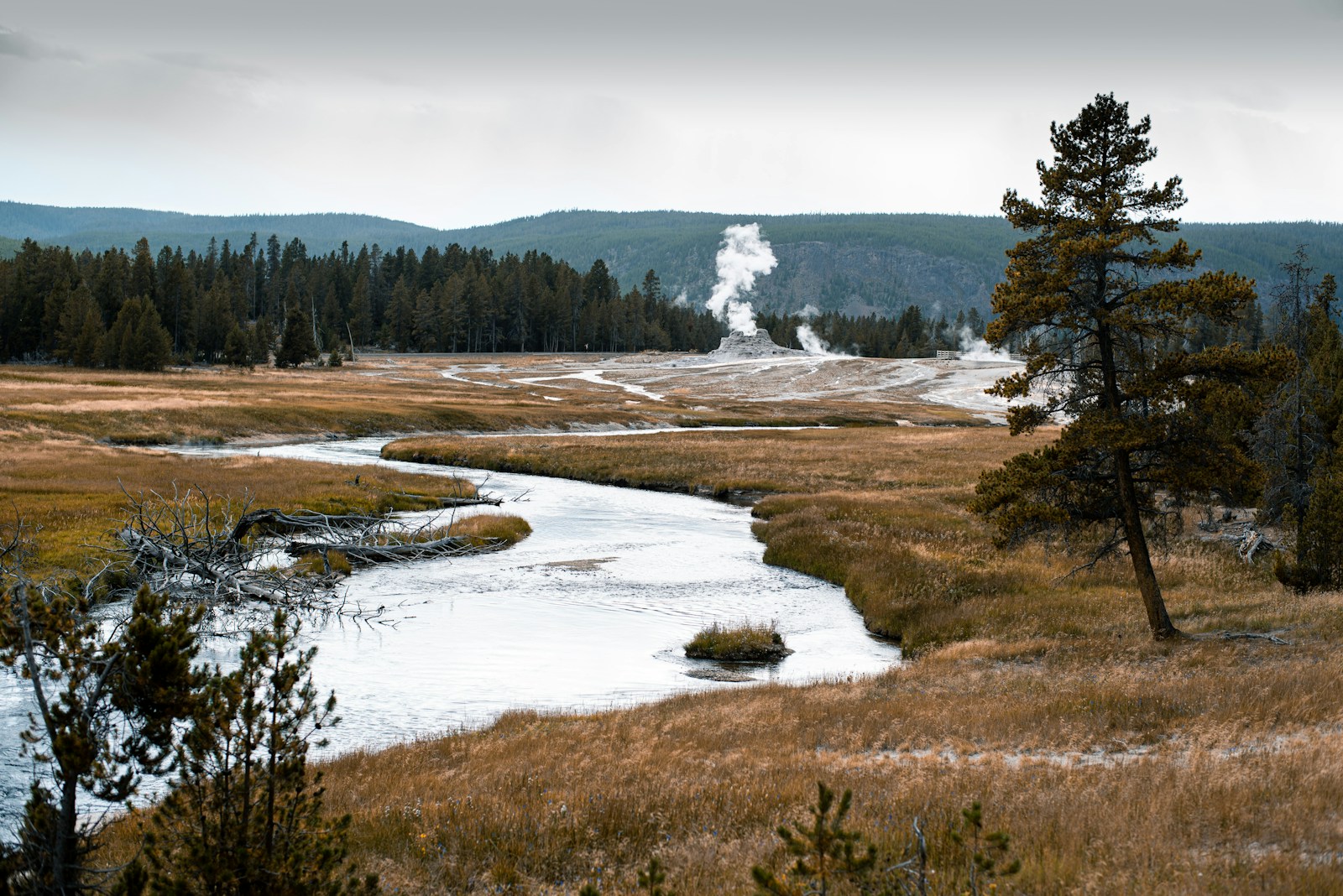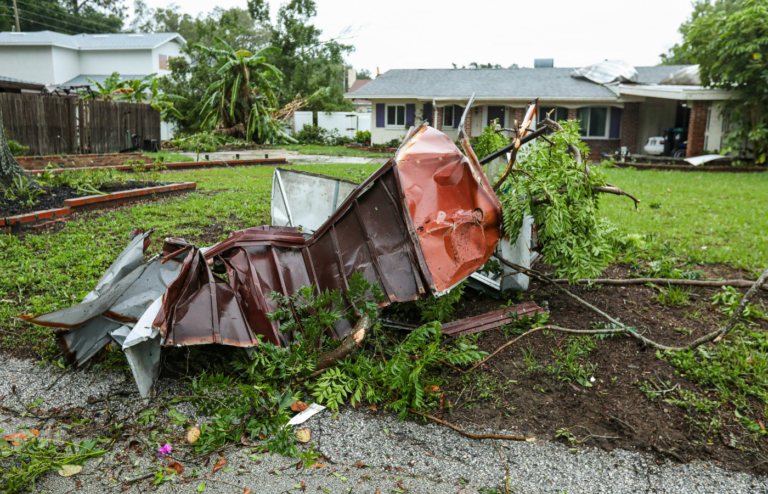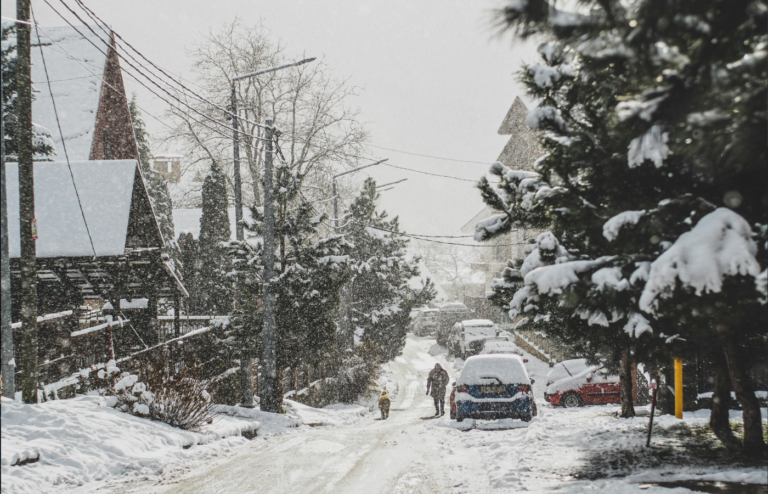Beneath the scenic beauty of Yellowstone National Park lies one of the most powerful geological forces on Earth a supervolcano capable of altering the planet. While there’s no sign of imminent danger, the potential is enough to make scientists around the world pay very close attention.
Here are 10 reasons Yellowstone’s supervolcano keeps scientists up at night.
1. It Has Erupted Before Big Time
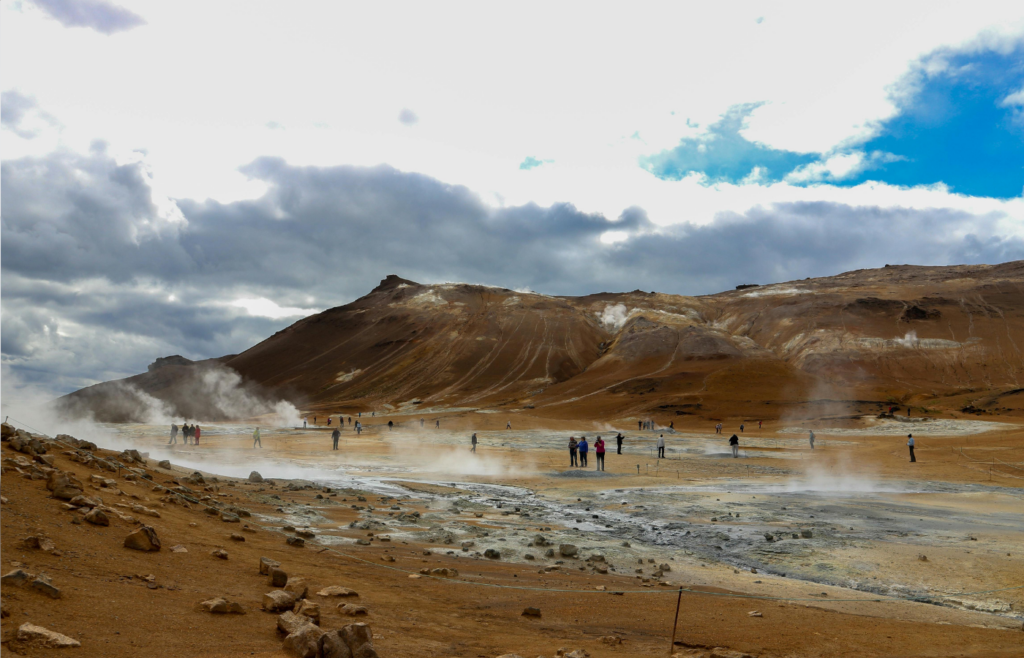
Yellowstone has ejected three times over the past 2.1 million long times, each time with obliterating constrain. The final major emission, approximately 640,000 a long time prior, made a caldera over 30 miles wide and covered much of North America in fiery debris a scar still unmistakable from space nowadays.
2. It Sits on a Giant Magma Reservoir
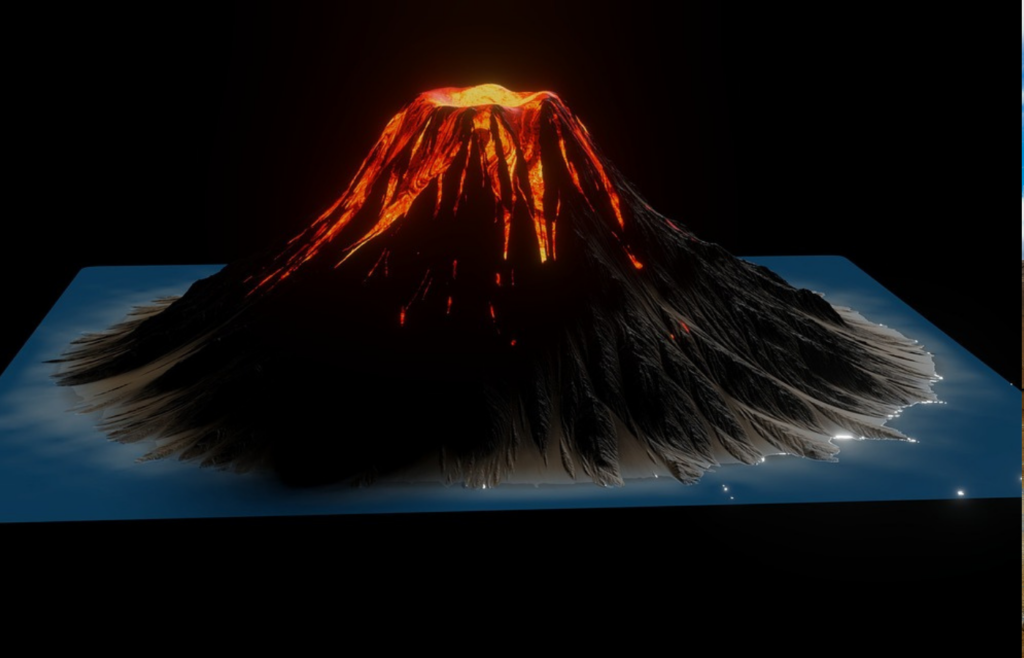
Beneath Yellowstone lies a vast magma system stretching over 50 miles long and several miles deep, capable of fueling powerful eruptions under the right conditions. Recent imaging shows that about 16–28% of the upper chamber is molten rock—well below the threshold needed for a super-eruption, but still a striking reminder of the immense forces hidden beneath our feet.
3. It Could Blanket the U.S. in Ash
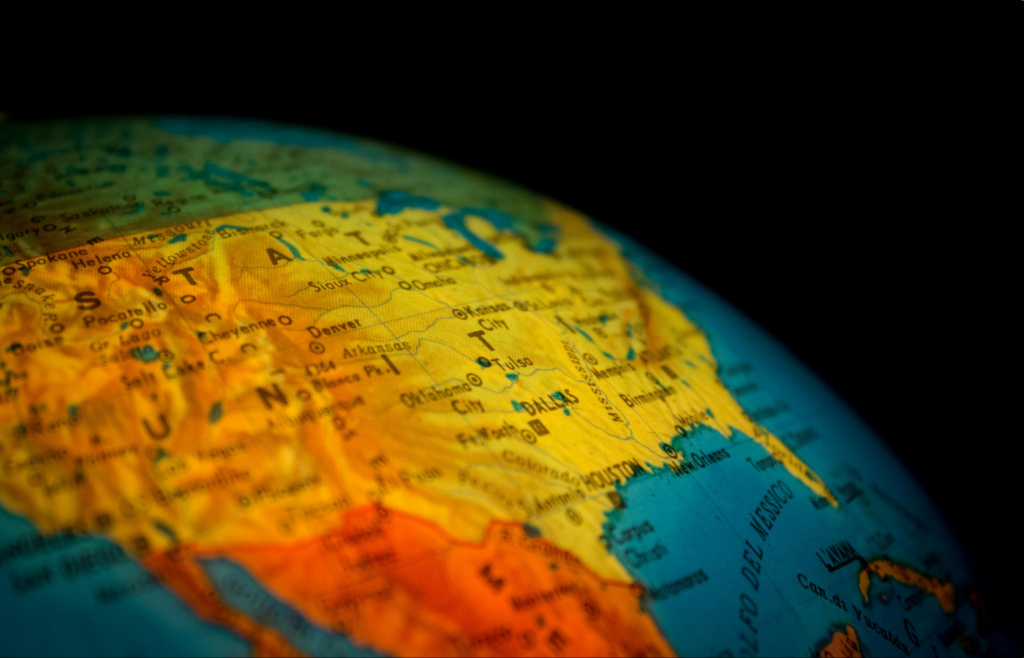
A full Yellowstone ejection would send cinder tall into the stratosphere, permitting winds to spread it over the whole U.S., covering cities, farmland, and framework. Fair a few inches of cinder may collapse rooftops, stick motors, and thump out control frameworks for weeks. The result would be an across the country emergency.
4. It Would Disrupt Global Climate
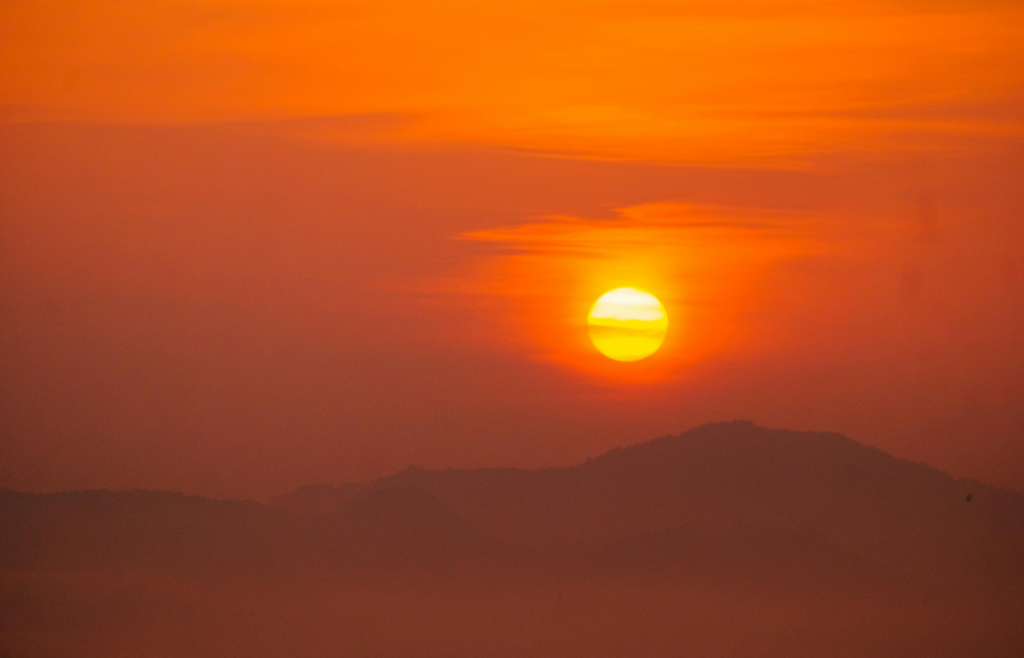
Sulfur dioxide from a major eruption could form aerosols in the atmosphere, blocking sunlight and triggering a volcanic winter. Global temperatures might drop by several degrees for years, disrupting food production and causing widespread economic strain.
5. It’s One of the Most Closely Monitored Volcanoes on Earth

Yellowstone is closely monitored using GPS, seismic sensors, gas detectors, and satellite imaging since even subtle changes like ground uplift or rising gas levels could signal early warning signs. The U.S. Geological Survey (USGS) keeps constant watch, knowing that if Yellowstone ever stirs, every second would matter.
6. It’s Connected to a Hotspot That Doesn’t Move

Not at all like most volcanoes that frame at plate boundaries, Yellowstone is fueled by a hotspot a rising crest of warmth from profound inside Earth’s mantle. As the North American plate moves over it, the hotspot takes off behind a path of antiquated ejections over the West. Yellowstone is essentially the most recent in that searing way.
7. It Can Erupt Without Lava
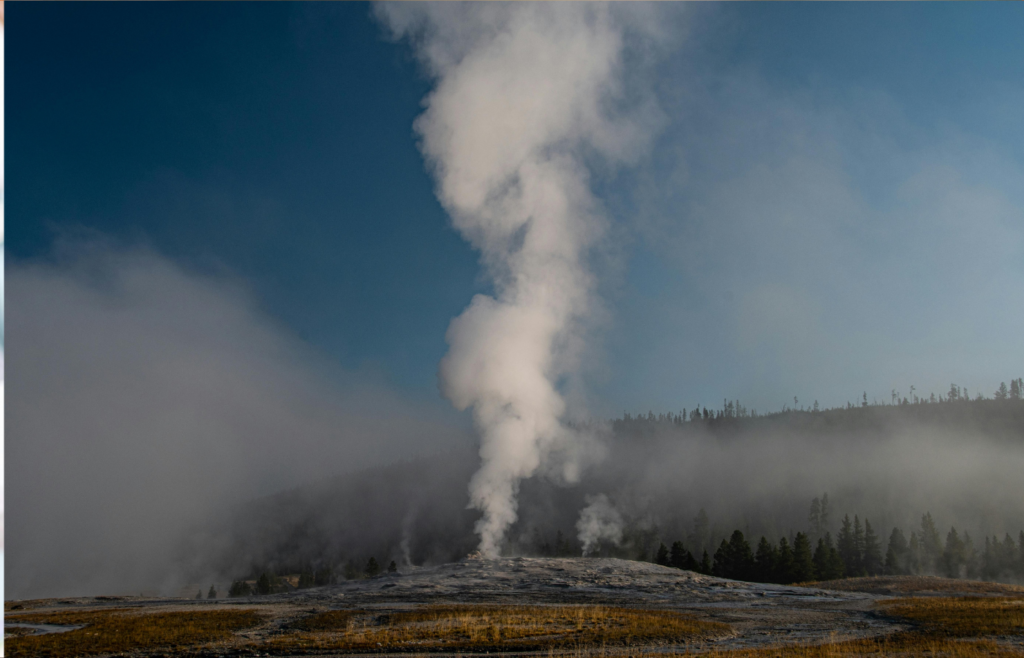
Not all eruptions involve lava hydrothermal explosions happen when superheated water rapidly turns into steam, causing powerful blasts. With thousands of geysers and hot springs, Yellowstone has many potential pressure points, any of which could erupt without warning. These steam-driven explosions can launch rocks and debris with surprising force.
8. It Could Severely Impact Agriculture
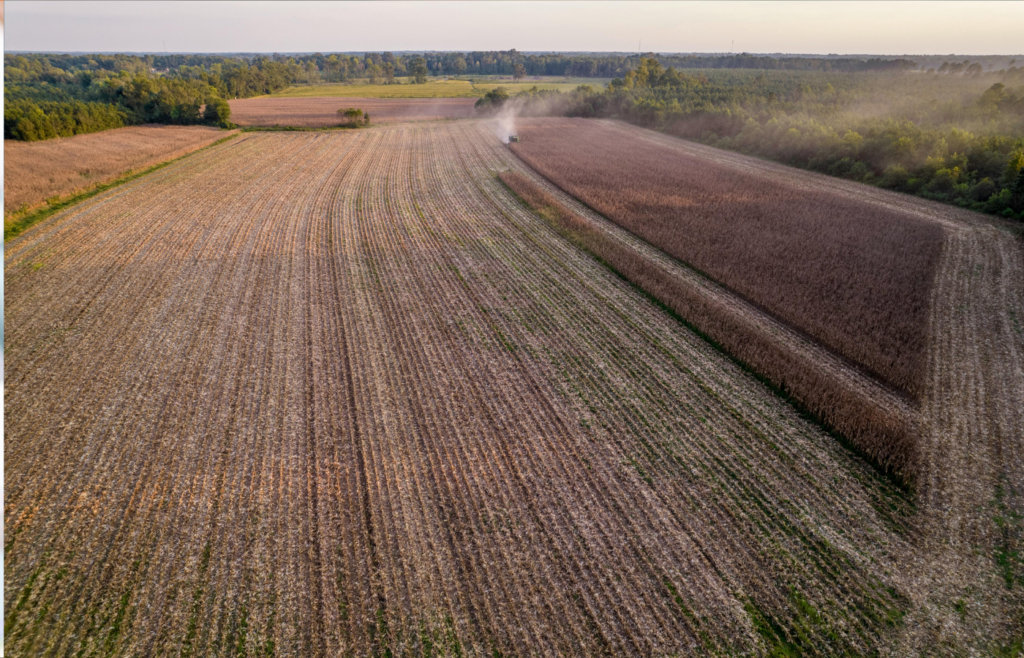
Ash from a supereruption would contaminate soil, block sunlight, and cool temperatures, drastically reducing crop yields across the U.S. and beyond. A prolonged global temperature drop could disrupt growing seasons, lead to food shortages, and destabilize economies worldwide.
Read More: Top 10 Reasons More People Are Quietly Becoming Preppers
9. Even a Small Eruption Would Be a Big Deal
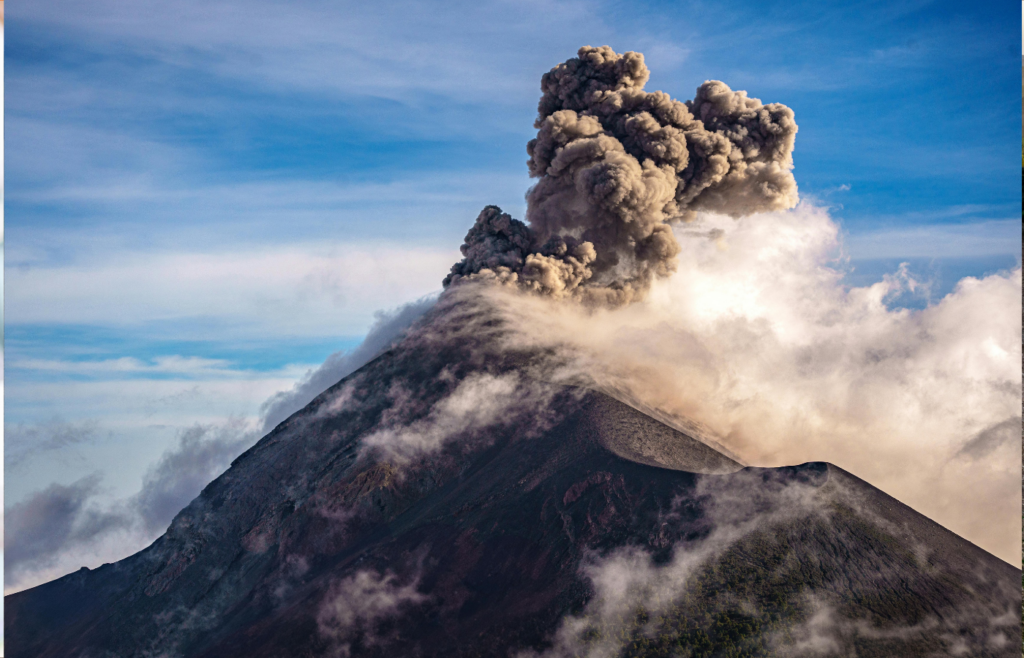
Yellowstone doesn’t need to erupt as a full “supervolcano” to cause major problems. Even a smaller eruption, like a lava dome or localized ash burst, could close roads, damage ecosystems, and force evacuations. These lesser eruptions would still capture global attention and require a large-scale emergency response.
Read More: Top 10 Ways Volcanoes Affect Global Weather
10. It’s a Wild Card in Earth’s Future
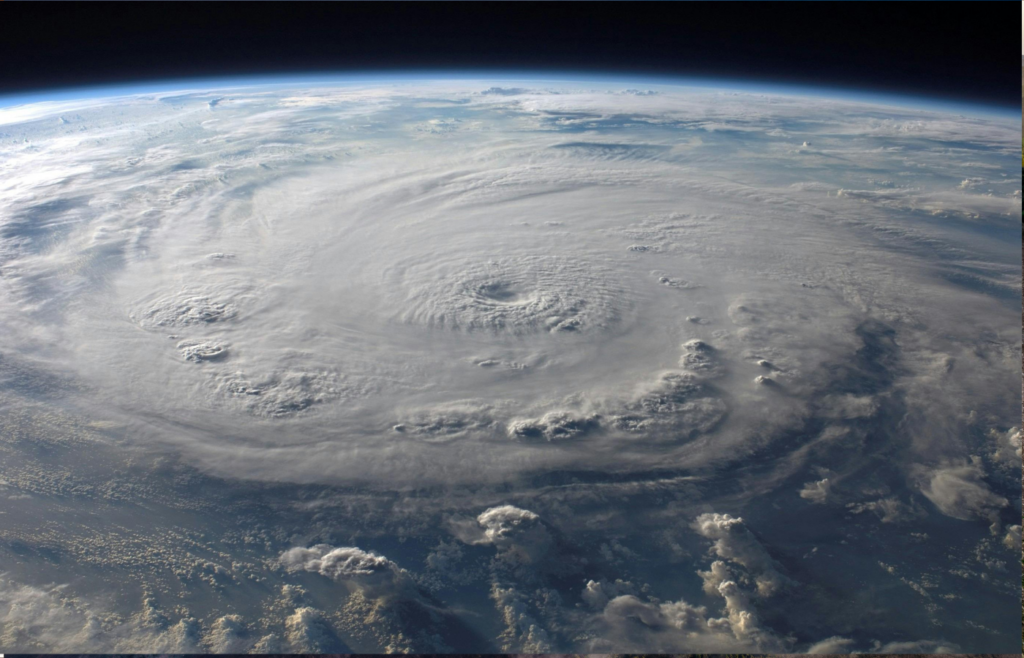
Scientists can predict earthquakes and storms, but forecasting supervolcanoes is much more difficult. They don’t follow predictable patterns, and signs of activity can be deceptive. This uncertainty makes Yellowstone particularly unsettling it could stay dormant for 100,000 years or erupt in our lifetime, and no one can say for sure.
Yellowstone’s supervolcano may be asleep but it’s not forgotten. And while the odds of an eruption are low in any given year, the potential is enough to keep scientists alert, prepared, and always watching.
Read More: Top 10 Survival Gear Items That Are Surprisingly Affordable

